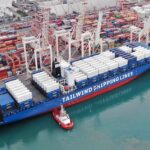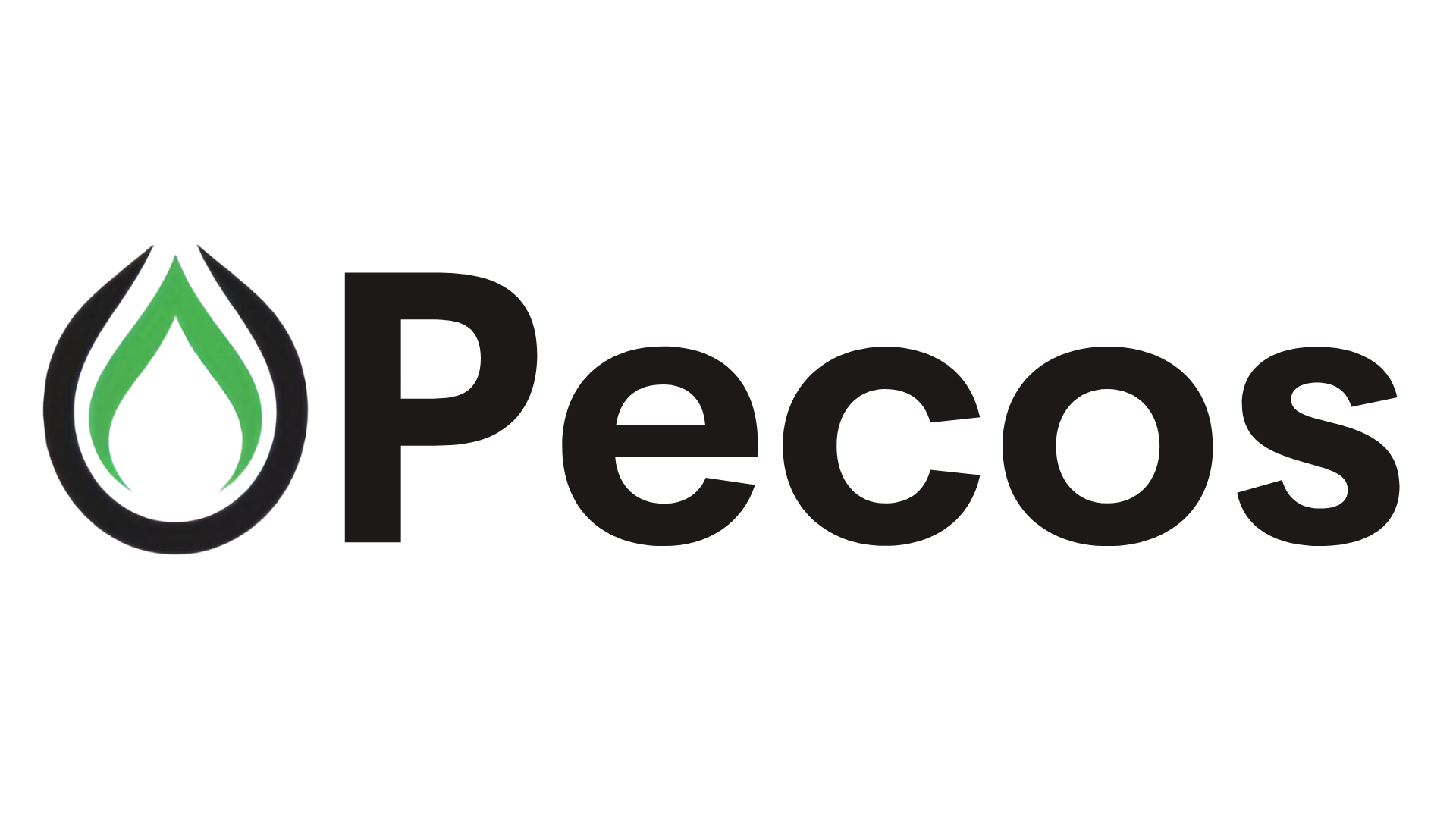Energy News Beat

-
In 2020, there were 175 LNG-fueled vessels in service, with more than 200 on order.
-
By the end of 2023, 590 LNG-fueled vessels were in operation, with 564 on order.
-
In 2024, 515 alternative-fuel ships were ordered, with 70% (approximately 360) being dual-fuel LNG vessels.
-
2020: Starting with 175 vessels.
-
2023: Reached 590 vessels, implying approximately 415 vessels built from 2020 to 2023 (590 – 175).
-
2024: A 33% increase from 479 to 638 vessels suggests about 159 new vessels delivered in 2024.
Projection for the Next 5 Years (2025–2029)
-
SEA-LNG expects over 1,200 dual-fuel LNG vessels to be operational by 2028, implying an increase of approximately 562 vessels from the current 638.
-
Drewry forecasts 83 new LNG carriers in 2025 and 88 in 2026, with 330 LNG carriers on order as of January 2025.
-
DNV reports that dual-fuel LNG vessels constitute 70% of alternative-fuel orders in 2024, with car carriers and container ships leading adoption.
-
The global LNG trade is projected to rise by 21% by 2025 compared to 2020, supporting demand for LNG-fueled vessels.
-
2025–2028: To reach 1,200 vessels by 2028, approximately 140–150 vessels need to be delivered annually (562 vessels over 4 years).
-
2029: Extending this trend, an additional 140–150 vessels could be delivered, bringing the total to around 1,350–1,400 vessels by 2029.
-
Oversupply Risk: Some analyses suggest an oversupply of LNG shipping capacity by 2030, potentially affecting newbuild orders if demand weakens.
-
Methane Slip: Environmental concerns about methane emissions may influence future adoption, though advancements in engine technology are reducing this issue.
-
Alternative Fuels: Growing interest in methanol and ammonia dual-fuel vessels could divert some orders from LNG, though LNG remains dominant due to infrastructure and cost advantages.
Bottom line for investors
This is yet another strong marker for investing in Shipyards, electrical utilities, oil and gas companies. We will be watching this as trends develop globally for tighter predictions.
If you have any questions or would like articles resourced, let us know on The Energy News Beat Substack channel. Paid Subscribers have access to a new chat that we will monitor and write stories. The Energy News Beat Substack.
Tailwind Shipping Lines, the container shipping arm of Germany’s Schwarz Group, has confirmed the acquisition of five 8,400 teu LNG dual-fuel newbuilding vessels originally ordered by fellow German owner Peter Döhle Schiffahrt. The deal marks Tailwind’s first foray into owning newbuilds and underscores its transition from a stopgap logistics solution to a permanent player in the global container market. Alphaliner says each vessel is costing around $120m.
The ships, to be constructed at Guangzhou Shipyard International (GSI)—a subsidiary of the CSSC Group—are scheduled for delivery across 2027 and 2028. Tailwind, a sister company to German retail giant Lidl, plans to deploy the vessels on its flagship Asia–Mediterranean Panda Express service, which has gained traction for its operational independence and use of less congested, secondary ports.
Tailwind was launched in 2022 in the wake of unprecedented logistics disruptions brought about by the covid pandemic. It currently operates a fleet of nine vessels – seven chartered and two owned – ranging in size from 1,380 to 6,881 teu, according to data from Alphaliner.
The post Dual Fuel LNG ships setting the path forward as Tailwind buys five boxships from Peter Döhle is just another exhample. appeared first on Energy News Beat.









